
- You can have your cake (or pie) and eat it too. Good food and good blood sugars can totally coexist with a little preplanning.
- Start your Thanksgiving day strong. A protein-packed breakfast and a quick walk before (or after) the main meal can have a big impact.
- One day won’t make or break your health, so don’t let a slice of pie stress you out.
- Remember that Thanksgiving isn’t just about what’s on the table; it’s about gratitude, connection, and celebration.
Reading Time: 3 minutes
For many people, Thanksgiving is the ultimate food holiday. Between the mashed potatoes, stuffing, rolls, and pies, it’s a day when carb counts soar higher than balloons in the Macy’s parade. If you live with diabetes, the thought of this annual feast might bring a mix of excitement and stress. How do you enjoy your favorite foods without sending your blood sugars into a tailspin? The good news: you don’t have to choose between celebrating and staying in range. With a smart Thanksgiving and diabetes game plan, you can savor the holiday while keeping your blood sugars steady. Here are seven blood sugar hacks to help you enjoy Thanksgiving and still feel good afterward.
1. Pregame with a Protein-Packed Breakfast
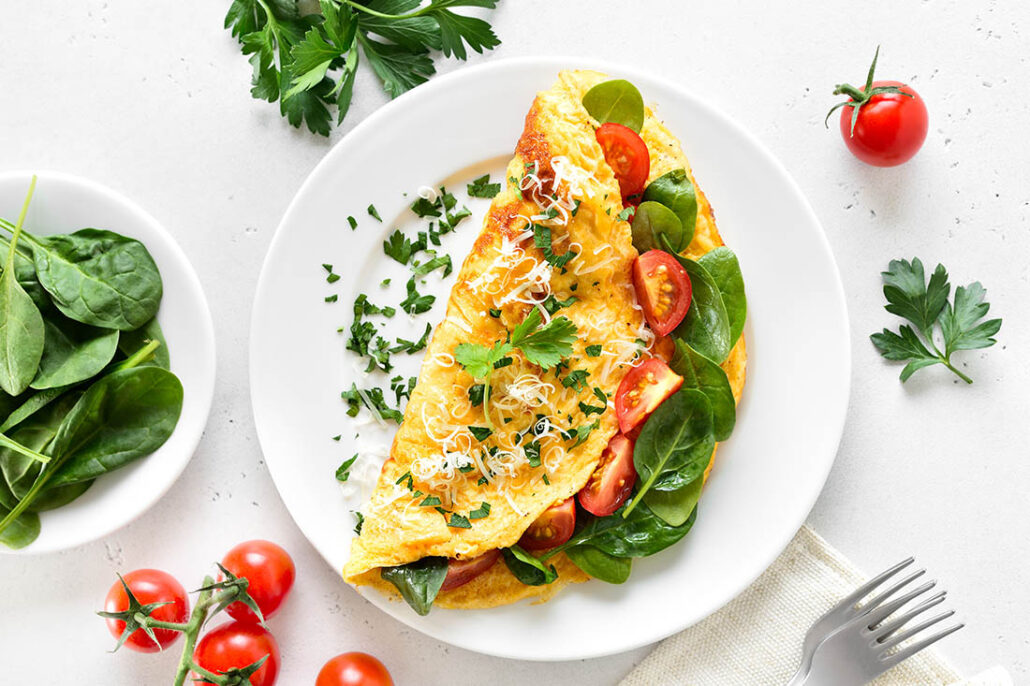
It might seem like saving all your calories for the big meal makes sense, but skipping breakfast usually backfires. When you arrive at the table starving, it’s harder to make balanced choices—and your blood sugar can spike faster from that first bite of carbs.
Instead, start the day with a protein-rich breakfast like scrambled eggs, Greek yogurt with nuts, or a veggie omelet. Protein helps keep your appetite in check and steadies blood sugars before you even hit the dinner table. Think of it as laying down a solid foundation.
2. Exercise and Blood Sugar: Don’t Forget to Move Before (and After) the Meal
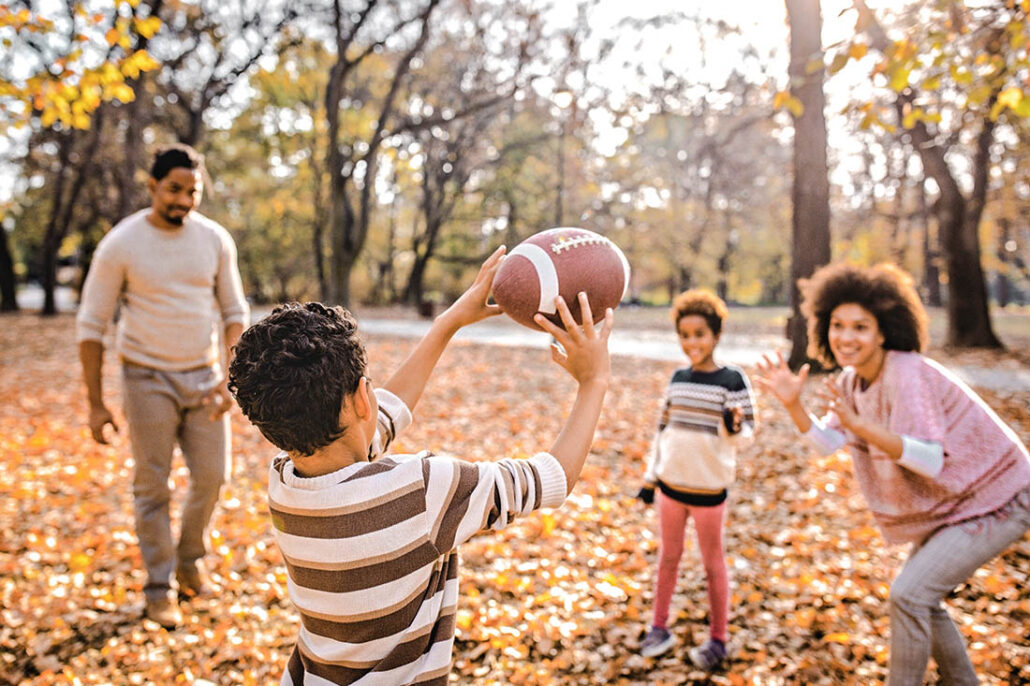
A little physical activity before the meal can work wonders. Whether it’s joining a neighborhood turkey trot, tossing a football in the yard, or simply taking a brisk 20-minute walk, moving your body primes your muscles to use glucose more efficiently.
Even better: go for a walk after dinner. Research shows that walking for just 10–15 minutes post-meal helps lower blood sugar spikes. Plus, it’s a great excuse to grab a friend or family member and stroll outside, giving your digestive system a head start.
3. Load Up on the “Fab Four”
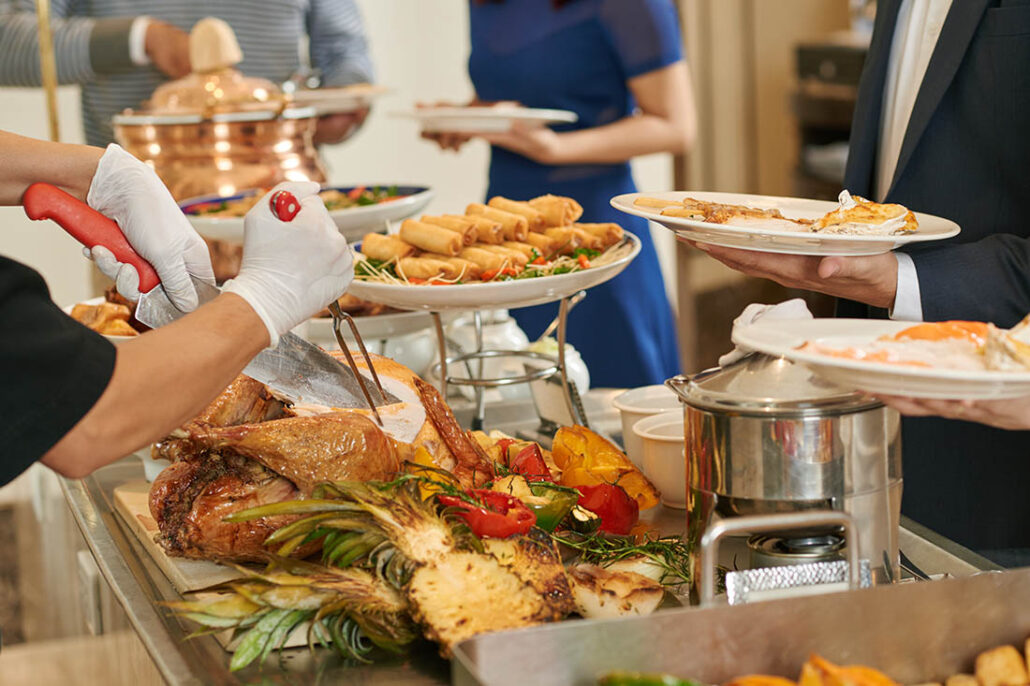
When filling your plate, start with the “fab four”: protein, fiber, fat, and non-starchy vegetables. These nutrients slow down how quickly carbs turn into glucose, which means fewer sharp spikes.
That could look like turkey (protein), green beans or salad (fiber), a drizzle of olive oil or butter (fat), and roasted Brussels sprouts (non-starchy veggie). Once your plate has a solid base, add moderate portions of higher-carb sides like stuffing, mashed potatoes, or sweet potato casserole.
If there are roasted veggies or a fresh salad available, grab them first. It’s easier to balance your blood sugar when the high-carb favorites are part of the meal, not the whole meal.
4. Play the Portion Game
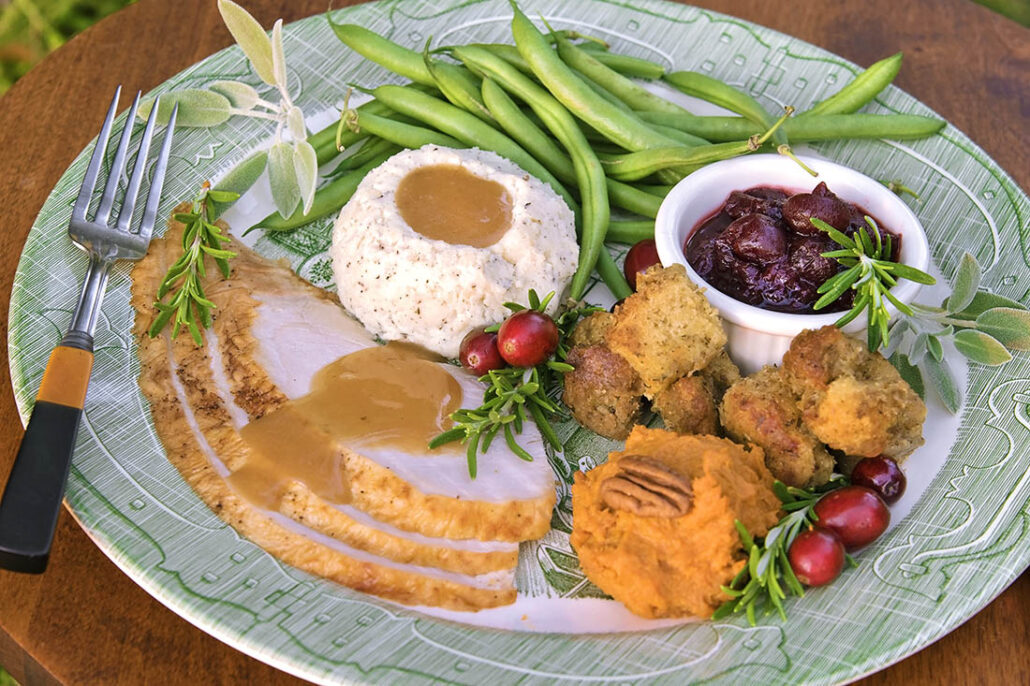
Carbs are the star of most Thanksgiving spreads, but you don’t need to pile your plate sky-high with every option. Instead, think about your carb budget—how many grams you usually aim for at a meal—and work backward.
When it comes to Thanksgiving and diabetes, pick the carbs you truly love and keep portions of others smaller. For example, you might take a half-scoop of mashed potatoes so you can enjoy a bigger slice of pumpkin pie later. You don’t have to sample every dish on the table. Prioritize what makes you happiest.
5. Master the Art of Pre-Bolusing
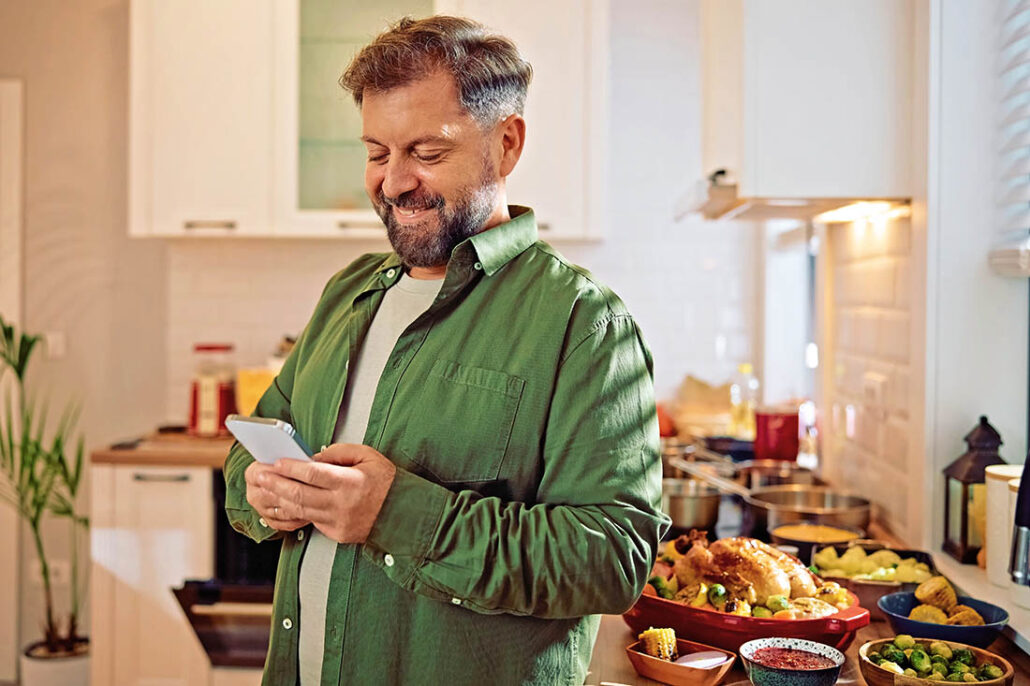
If you use insulin, timing matters—especially on Thanksgiving when carbs are plentiful and absorbed quickly. Taking your mealtime insulin 10–20 minutes before eating (instead of at the first bite) can help your blood sugar curve match the digestion curve.
Just keep in mind: holiday meals aren’t always on schedule. If you’re not sure when the food will actually hit the table, wait until serving dishes are moving around before dosing. And if you’re using an automated insulin delivery (AID) system, consider entering the carbs a little early so the system can start adjusting sooner.
6. Dessert Without the Drama
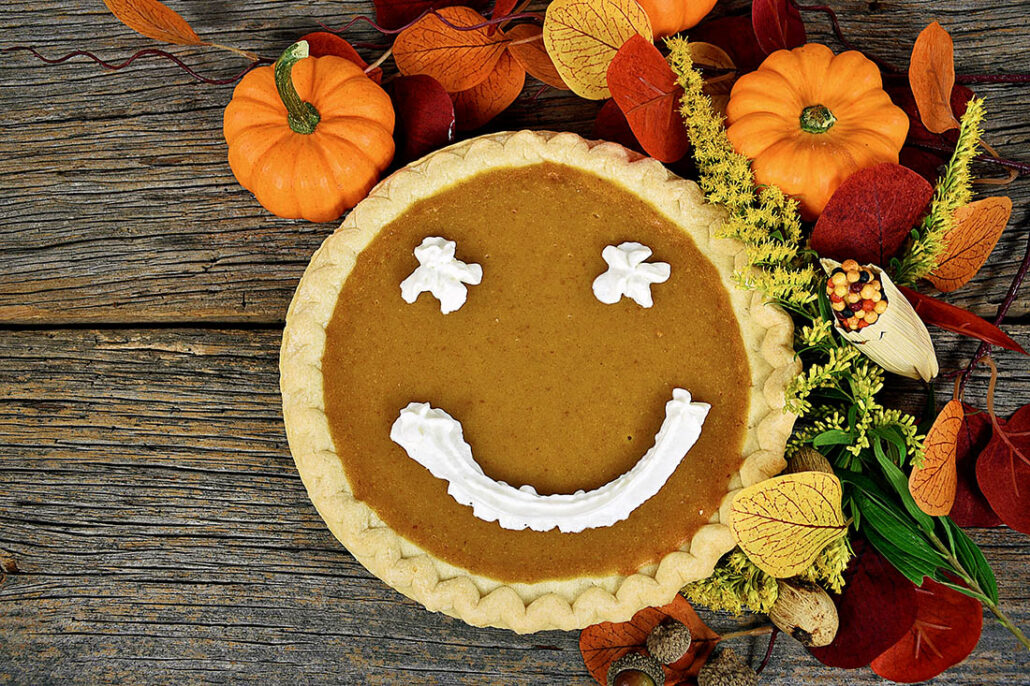
For many people, dessert is non-negotiable—and that’s okay. Instead of skipping it completely or going overboard, aim for a mindful middle ground.
- Pick one favorite dessert instead of sampling everything.
- Pair it with protein or fat (like nuts, whipped cream, or cheese) to slow digestion.
- Take a walk afterward to help smooth out your blood sugar.
If your family is open to it, you could even bring a lower-carb diabetic dessert option, like crustless pumpkin pie or sugar-free cheesecake, so there’s something sweet that won’t hit quite as hard.
7. Keep Stress in Check
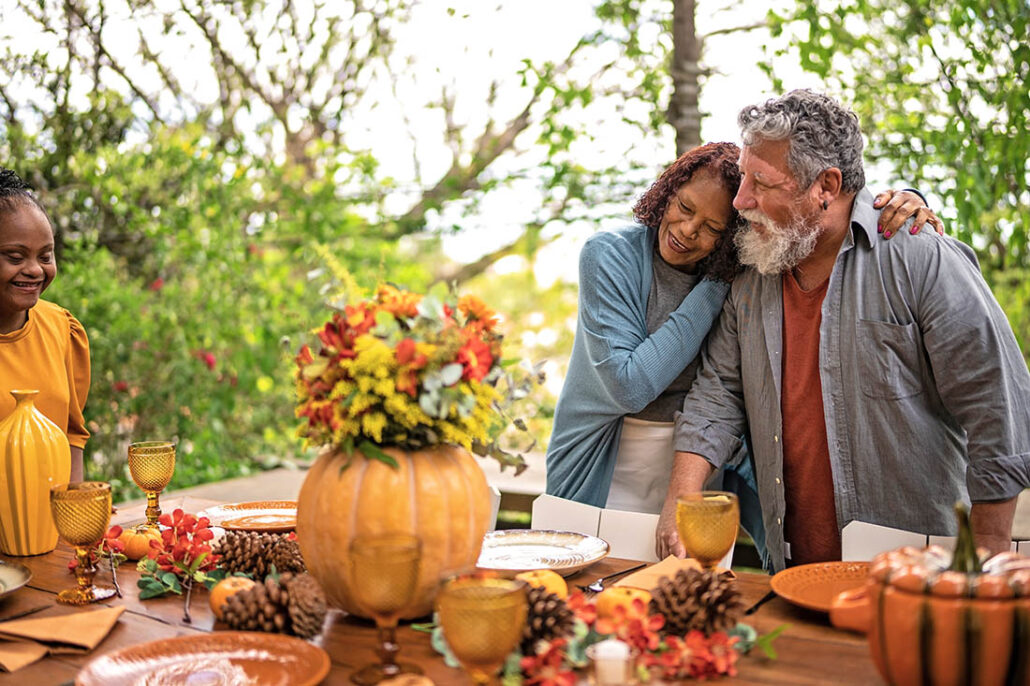
Thanksgiving can be stressful for a lot of people. Family dynamics, travel, and long days in the kitchen can all raise stress hormones, which in turn raise blood sugar levels.
And since stress and diabetes are closely linked, it’s worth planning ahead to keep calm in the chaos. This year, build in time for mini stress-busters. Step outside for a few deep breaths, excuse yourself for a quick walk, or focus on gratitude for the people around you. Joy and connection are just as important to your well-being as what’s on your plate.
*Bonus Hack: Remember, It’s Just One Day
One of the most helpful mindsets is this: Thanksgiving is just one day. One meal won’t make or break your overall health. What matters most is your patterns and habits over the long term. If your blood sugar runs higher than usual for a day, it’s not a failure—it’s life.
The real win is enjoying the holiday without guilt and returning to your regular routine afterward.
Putting It All Together: A Sample Thanksgiving and Diabetes Game Plan
Here’s how these blood sugar hacks might play out in real life:
- Morning: Eat a veggie omelet and go for a brisk walk.
- Midday: Take a quick break from cooking to stretch, walk, or toss a football around outside.
- 20-Minutes Before Dinner: Pre-bolus (if needed).
- Dinner: Fill half your plate with turkey, salad, and roasted veggies. Add smaller portions of stuffing and mashed potatoes.
- Before Dessert: Take insulin early (if needed), then savor a slice of pumpkin pie with a dollop of whipped crea.
- After Dinner: Invite someone out for a 15-minute walk around the block.
- Evening: Relax, laugh, and enjoy family time.
Thanksgiving and Diabetes: Key Takeaways
Thanksgiving is about more than food—it’s about gratitude, connection, and celebration. By planning ahead, you can enjoy the holiday while keeping your blood sugar steady and your energy high.
Give yourself permission to enjoy your favorite foods without guilt. Use these seven blood sugar hacks as tools to navigate the feast with confidence. Because at the end of the day, the best part of Thanksgiving isn’t the pumpkin pie—it’s the people you share it with.
Explore our resource library and video vault, and subscribe to our monthly digital newsletter for more tips, tools, and expert guidance on how to take control of your diabetes.

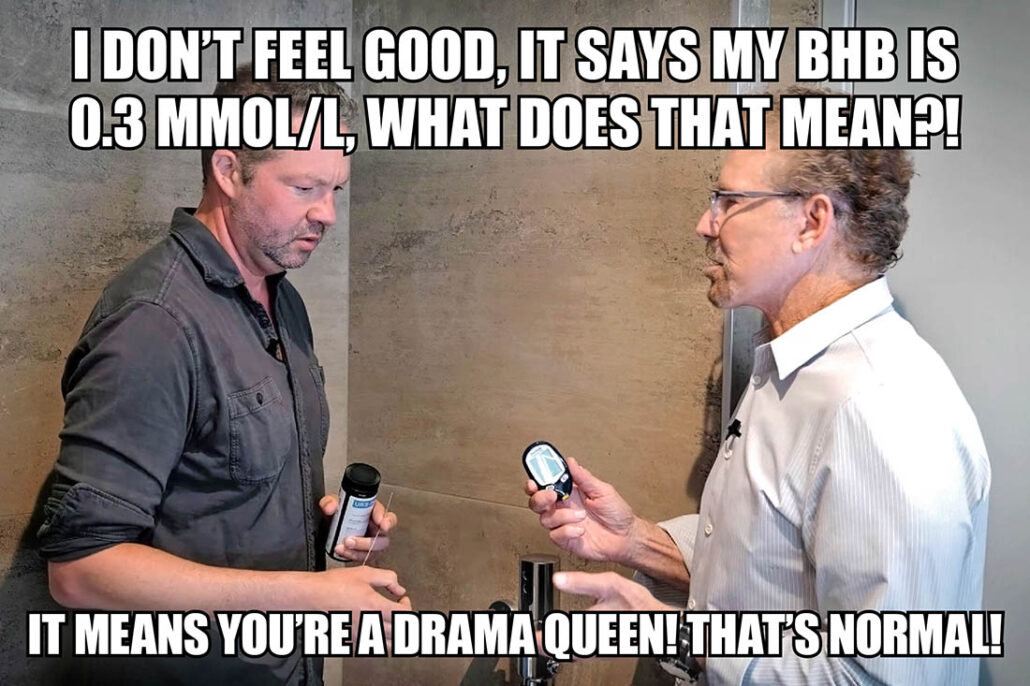
Our goal is to protect your personal health information. Please keep your questions general and do not post personal medical information here. If you have a specific question, please email events@tcoyd.org.
I am a big believer in substitutes. My wife, who does most of the cooking at Thanksgiving, makes sure to get a heat-and-eat tray of mashed cauliflower for me. I make a low carb pumpkin pie and low carb stuffing. Turkey and collards are low carb already. It is possible to eat a low carb Thanksgiving meal with a little effort.
YES!! So delicious too. Thank you for sharing!
Very helpful tips!! Thank you.
Appreciate it! Hope you have a great holiday!
Very good info! thanks
You’re very welcome! Enjoy your holiday!
Thanks for the helpful, simple ideas that are easy to incorporate. This is a good article for the holidays and any gathering. Thanks!